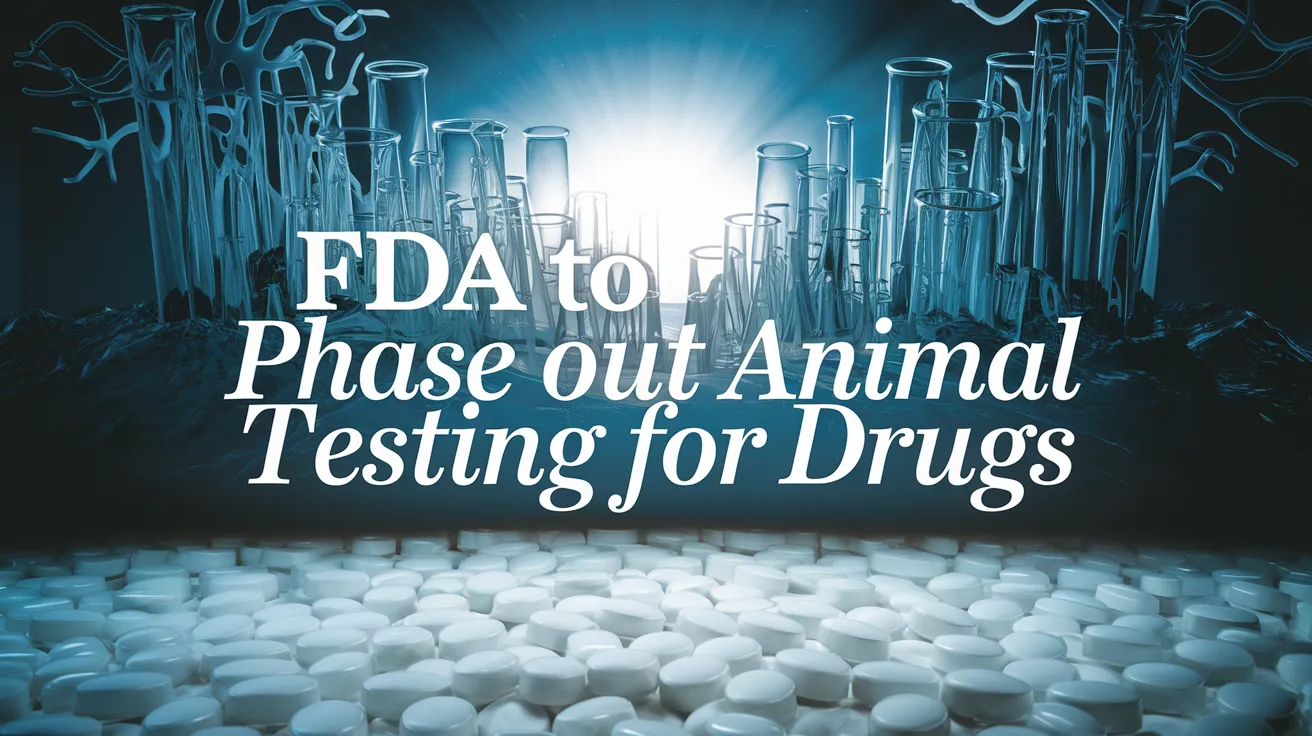FDA to Phase Out Animal Testing for Drugs

The FDA has announced a groundbreaking move to replace animal testing in the development of monoclonal antibody therapies and other drugs with more effective and human-relevant methods. This initiative is designed to enhance drug safety, accelerate evaluation processes, and reduce costs associated with research and development (R&D), ultimately lowering drug prices for consumers.
According to the FDA’s organizational release, the new approach will involve refining and possibly replacing traditional animal testing requirements with various innovative methods. These include AI-based computational models for toxicity assessments and laboratory testing using cell lines and organoids—collectively known as New Approach Methodologies (NAMs) data. The FDA is set to implement these changes immediately for investigational new drug applications, encouraging the incorporation of NAMs data, as outlined in their recently released roadmap.
“For too long, drug manufacturers have performed additional animal testing of drugs that have data in broad human use internationally. This initiative marks a paradigm shift in drug evaluation and holds promise to accelerate cures and meaningful treatments for Americans while reducing animal use,” commented Martin A. Makary, MD, MPH, FDA commissioner, in the release.
The FDA’s use of AI models and real-world safety data from other countries with similar regulatory standards aims to determine efficacy in proven human subjects. This appears to be a significant evolution in the way drug safety is evaluated, providing opportunities to streamline processes effectively.
Key benefits of transitioning away from animal testing for monoclonal antibodies include:
- Advanced Computer Simulations: The roadmap encourages the use of AI and computer modeling to predict drug behaviors with higher accuracy.
- Human-Based Lab Models: The FDA promotes the use of lab-grown human “organoids” and organ-on-a-chip systems to simulate human organ function in drug safety testing, potentially revealing toxic effects undetectable in animal studies.
- Regulatory Incentives: The FDA is updating guidelines to consider data from non-animal testing methodologies, which could lead to streamlined review processes and incentivize investment in modernized testing approaches.
- Faster Drug Development: Employing these advanced methods could accelerate the drug development timeline, allowing for monoclonal antibodies to reach patients more swiftly without compromising safety.
This initiative also reaffirms the FDA’s leadership in modern regulatory science, setting industry standards and advocating the adoption of humane testing methods. As Makary emphasized, “For patients, it means a more efficient pipeline for novel treatments. It also means an added margin of safety, since human-based testing systems more accurately predict real-world outcomes.”
As the FDA transitions toward these innovative approaches, they are collaborating with other federal agencies, including the National Institutes of Health and the National Toxicology Program, as well as the Department of Veterans Affairs. Plans are in place to host a public workshop later this year to gather input from stakeholders on implementing the new strategy.
The FDA also intends to launch a pilot program allowing select monoclonal antibody developers to primarily use non-animal-based testing methods, gathering insights from a related pilot study to inform broader policy changes and guidance updates.